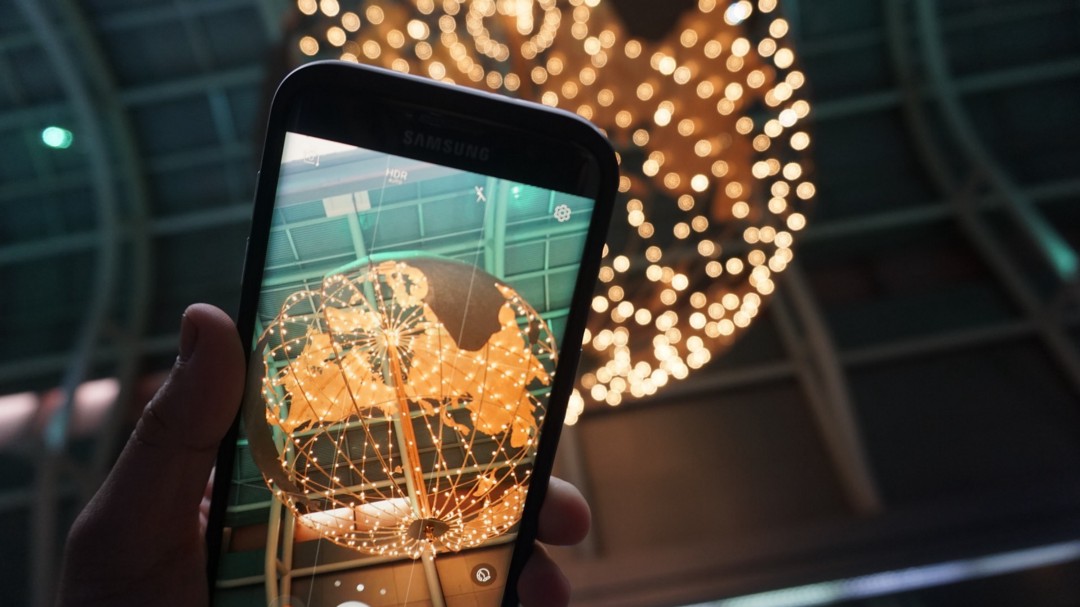Over the last decade, banking technology has expanded rapidly with the growth of several new communication channels to improve the user experience. And the expansion of these new digital cross-channels can be attributed to a single group — Millennials.
Today, Millennials are the largest group of consumers to hit the market since Baby Boomers. More importantly, when it comes to banking channel engagement, platforms integrating text message, iMessage, and Android messaging have become much more prevalent. Of course, this shift focuses on better aligning with consumers preferred method of communication.
Messaging versus in-person support
In fact, a recent Harris Poll shows that 77% of Millennials are in favor of companies that offer texting solutions. In another recent poll, only 49% of Millennials enjoyed speaking in-person to a customer support agent. This same poll also asked 16–22-year-olds, some who are just now entering the workforce, and only 38% surveyed were in favor of in-person banking options.
Customer Journey in Banking
However, Generations Y & Z are not the only groups demanding these communication channels for the businesses they choose. In a recent study by The Financial Brand, which broke down the customer journey and preferences across banks and credit unions. In each study, the customer or member opted for
The nature of customer experience is changing as communication channels and their supporting resources are more orchestrated to cooperate. Ongoing studies also uncover how consumers prefer more convenient modes of customer support. The reason? They want services that seems natural. And the results show this natural-feeling is built on messaging tools that make it easier for consumers and financial institutions to communicate with each other.
